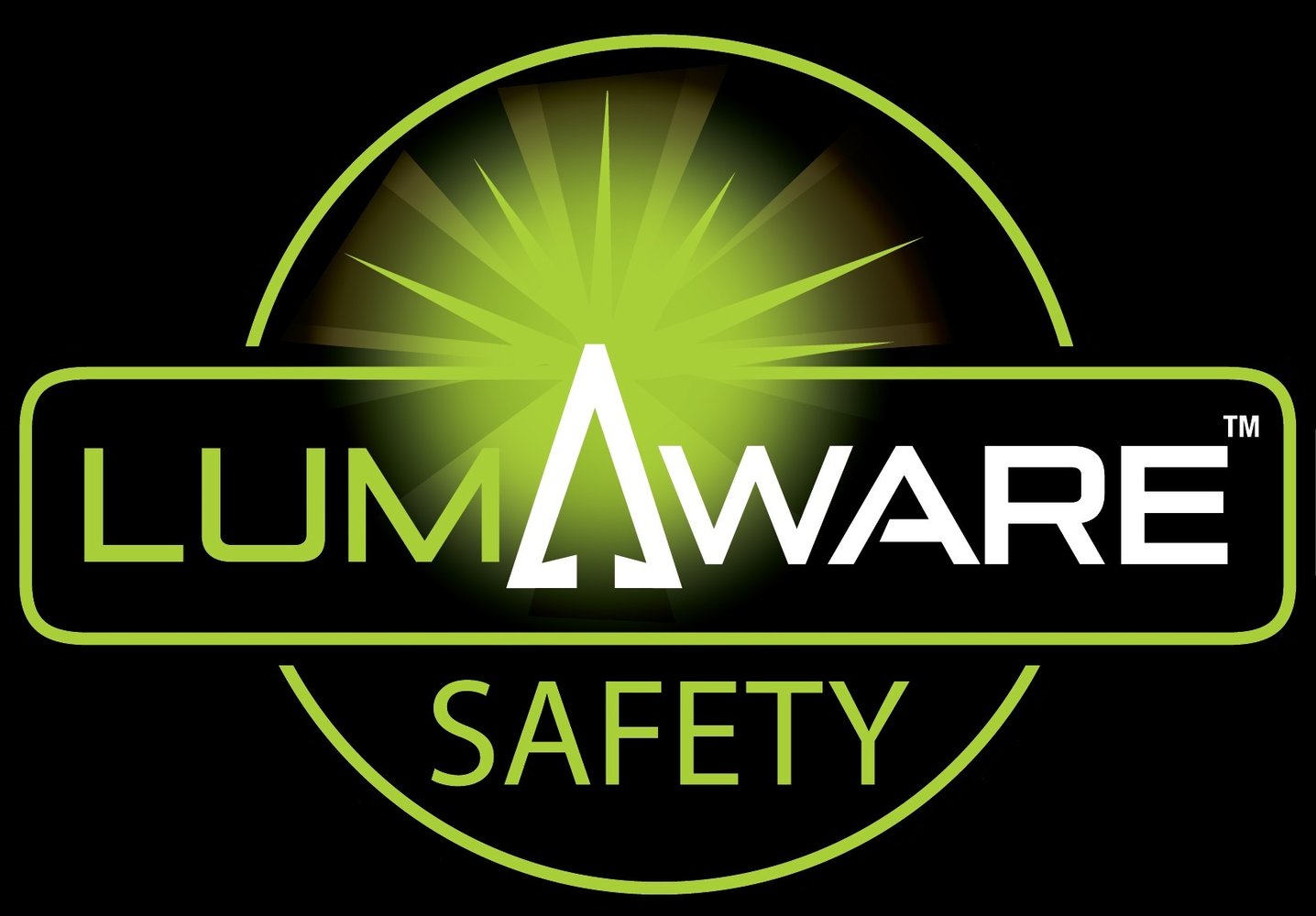There are several different types of luminous technologies:
Bioluminescence:
- A biological mechanism within living organisms.
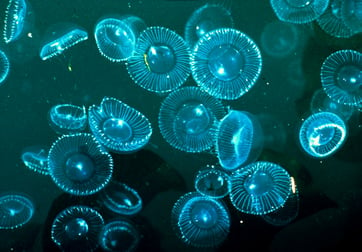
- An example most of us are familiar with are fireflies:
- Fireflies can use their natural biology to emit light.
- Another example would be phytoplankton:
- Phytoplankton is microscopic plants.
- During certain times of the year, you can take a canoe ride through dark lagoons and have a bioluminescence tail behind you, leaving a glow in the dark pathway.
- Jellyfish are also another good example of bioluminescence.
Chemical luminescence:
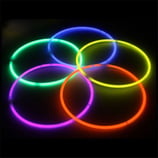
- Similar to when we were children and had those glow in the dark necklaces and toys.
- There is a glass capsule inside some type of other liquid and embedded in a necklace or a glow stick.
- When the glass capsule is cracked open, the two chemicals react together, and the byproduct is luminescence.
- Used mostly in the military as well as purposes such as toys.
Electrical luminescence:
- LED or similar lighting that use some type of electrical charge to cause light to come out of it.
- Your typical electrical exit sign, that contains light bulbs and is powered by batteries or electrical sources is an example of this technology.
Radio luminescence:
- Uses a nuclear isotope called either radium or tritium.
- This nuclear isotope is what makes this kind of materials glow.
- Common usages:
- Gun sites in the military.
- Compasses.
- Exit signs in the market place that utilize the use of radium/tritium materials.
This finally brings us to the last type of luminous technology that we specialize here at LumAware:
Photoluminescence:
- Absorbs any external light source, such as sunlight or LED lighting, and uses that stored light to emit a bright glow.
- LumAware uses a special type of crystal that utilizes rare earth elements such as strontium and europium.
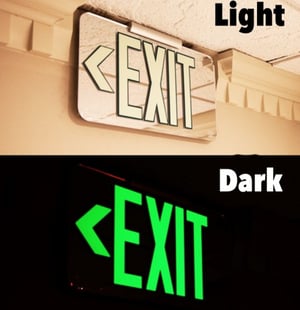
- The strontium used in our product is very safe, typically used in calcium tablets and sensitive toothpaste.
- Europium is a rare earth element.
- These rare earth elements allow for fast charging and long lasting luminescence.
- When these chemicals are combined, they form into a crystal.
- Once light hits that crystal, the crystal gets excited, releases light out of it, glowing for many hours.
Common question: What makes LumAware different from other photoluminescent products?
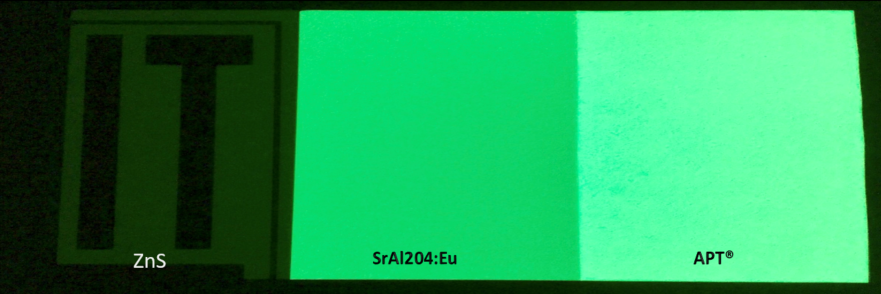
- A proprietary blend that we’ve developed called Advance Photoluminescent Technology®.
- For our blend, we source pharmaceutical-grade strontium and europium directly from the source.
- The thing that really sets us apart from competitors is how we suspend our crystals in the different substrates such as our exit signs, paint, tape, and other products that we have.
- Think of photoluminescent crystals as a pile of salt, we take that pile of salt in a salt shaker and shine a flashlight on it.
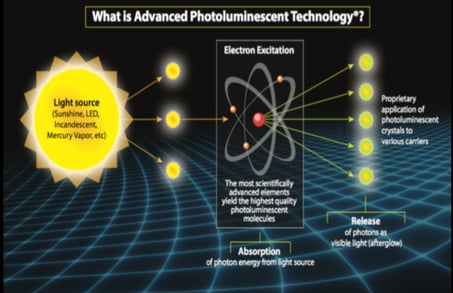 The only part of those crystals that are going to get light is the thin layer on top because the rest at the bottom are packed densely together.
The only part of those crystals that are going to get light is the thin layer on top because the rest at the bottom are packed densely together.- With Advance Photoluminescent Technology®, we take those crystals and separate them out on a microscopic level so that now, there is enough space for the first crystal to charge the next crystal. And then that crystal charges the next one and so forth.
As a result of this, you're able to get a much brighter glow, a faster glow, but also we're using less of that technology so we're able to pass those cost savings on to you.
-🔋 No batteries
-💡 No light bulbs
-♻️ Are sustainable
-🔌 No electricity
-👨🔧 No monthly testing or maintenance






